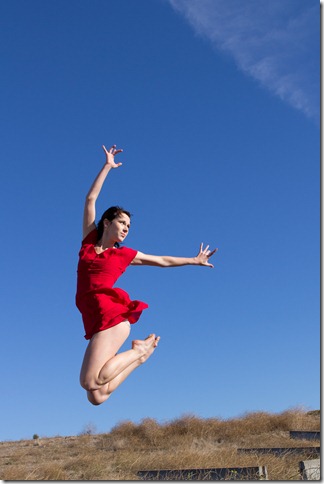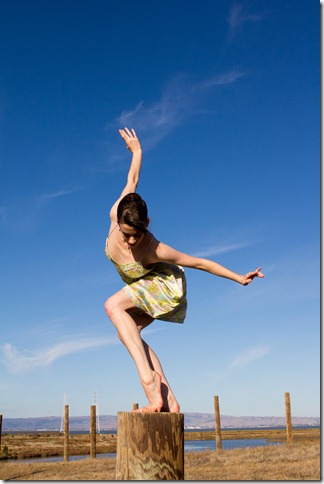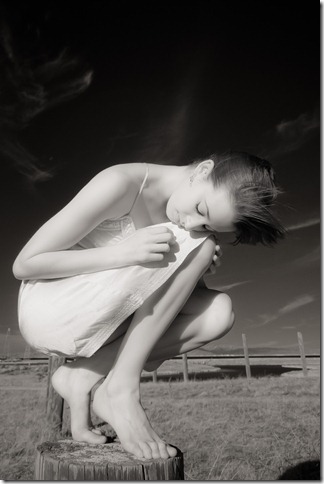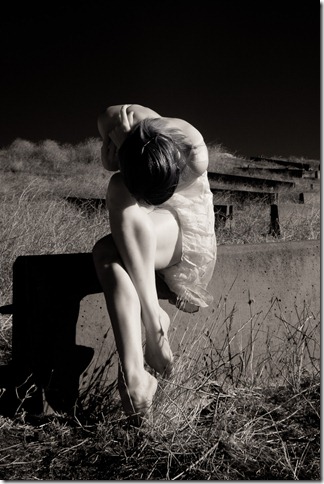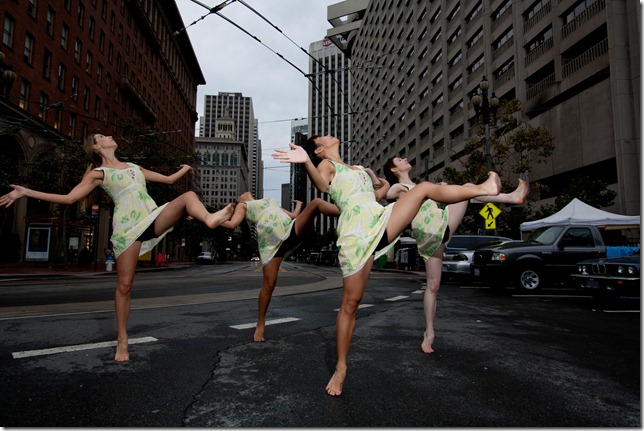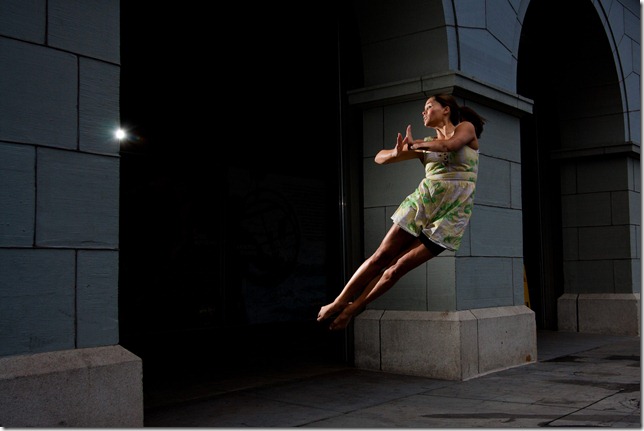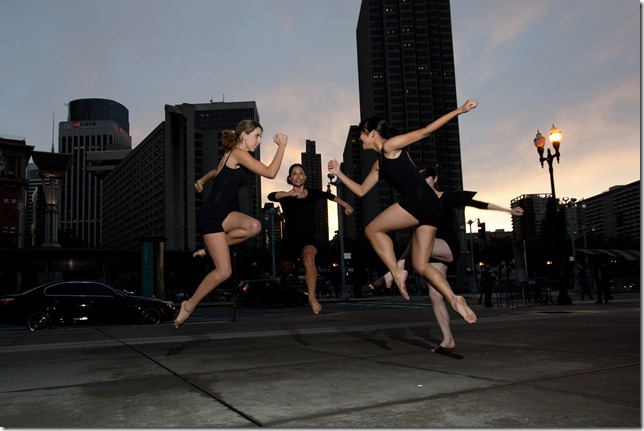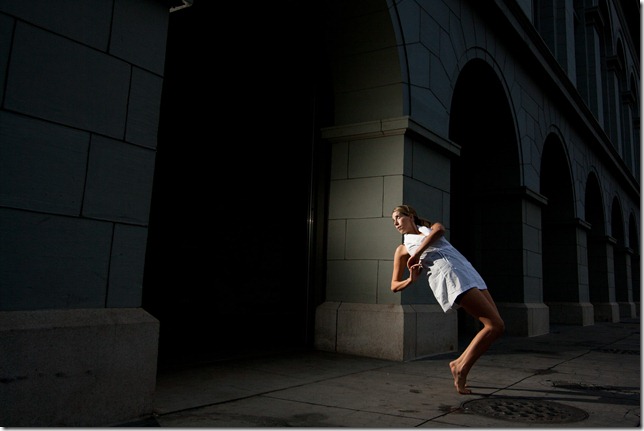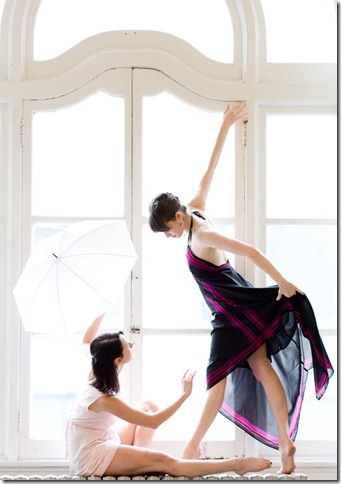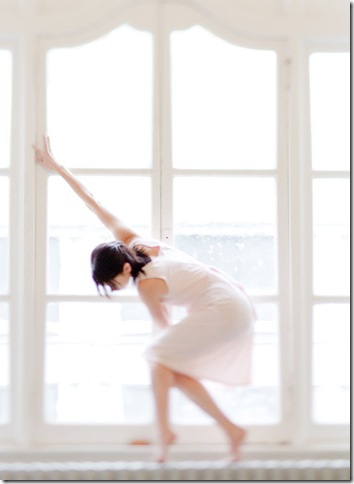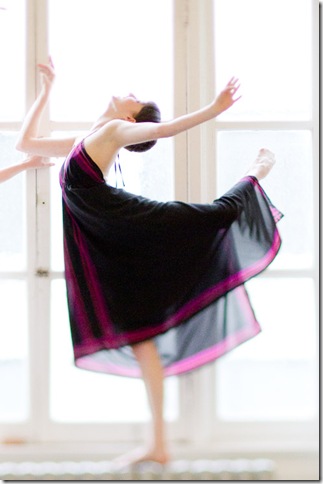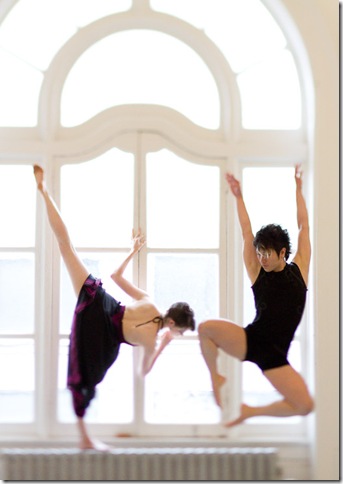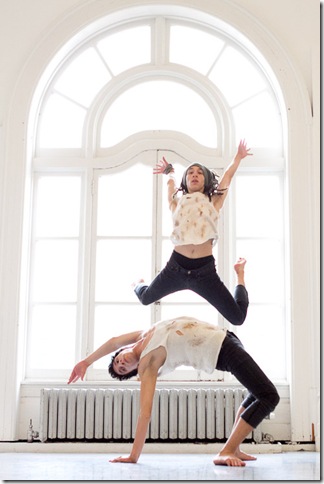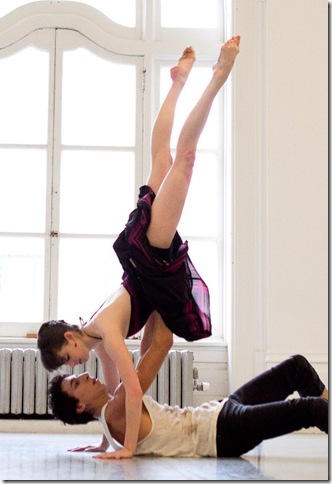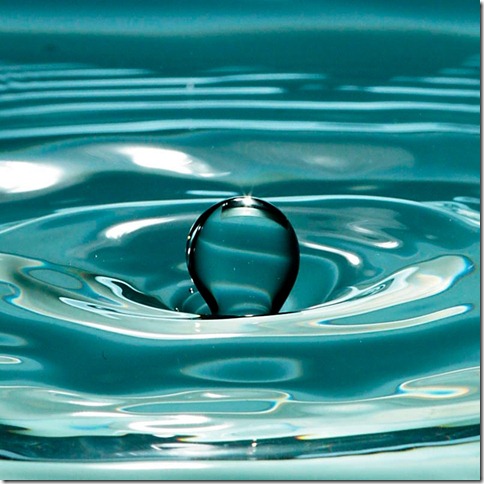Reaching emptiness of mind is one of the goal of Taiji practice. What does it mean to have a empty mind? Research has shown that a baby hears much more detail in voice than an adult can hear, although he perceives much less meaning from it. This explains why it is so difficult for and adult to learn and speak a foreign language without funny accent.
As we grow up, we develop filters in our mind that filter out many details that deemed to be not important. Many details in the observation goes through without been noticed. We need it to avoid our brain being overwhelmed. But it also severely limits what we can actually see.
Here is an example, if you pick up a bottle, and recognize it as a bottle, most likely your observation of that particular bottle will stop right there. After all, it’s just a bottle and serves it’s utility purpose, and you can use it for what it’s designed for and no more. So you might not bother to notice the particular shape, color, how light bounce/bent through it, how it relate to objects around it, little water drop hanging on the side, the color of its shadow, scratch marks, … The details for any particular bottle is infinite, and because we stop being curious about it, we don’t bother to notice them. It serves well to simplify the task for our brain, but also strongly frame our thinking/perceiving process in a predictable frame, in another word, we become less and less creative as we grow up.
Having an empty mind is like becoming a beginner again, getting in touch with the curious side in us, and instead of interpolating the few observations we unconsciously choose to notice, we let them go and really observe without framing our mind. This is the art of improvisation and creativity. It was known that many Taiji masters, when they fight, they never repeat the same movement twice. Every movement is spontaneous and fresh. And this comes from an empty mind.
How does this relate to dance? Most of the dance training links each movement with an intention, or feeling. Each movement has to be done in certain correct way. Students are trained to execute, rather than experience, not to see experience the endless possibility of each simple movement. It takes dances with great gift to break the glass celling and becomes free. It’s not uncommon to see an well trained dance unable to improvise, or start to move awkwardly when he realize he is improvising.
From Taiji’s perspective, a Tendu is just a form, or pathway, the possible intention (or energetic flow) behind it is endless. The intentions could be, reaching out, pulling in, testing the ground, testing and then become sure, rotating out, rotating in, … etc. or the mix of some to those different energetic flow sequentially or or at once.
Another example could be raising hands from 1st to 5th. With the same pass way, a dance could be actually pushing up, pulling down, expanding, collapsing, projecting forward, backward, … etc.
So there is form for each position and movement, there is also intention and energetic flow. Two sides are very often artificially linked together for the purpose of creating a structure. Realizing that they are not necessary connected opens door for endless possibility and experience. Making it possible to being in the moment and response to the moment. In another word, being spontaneous and creative.
In Taiji practice, to path to realize those infinite possibility is through achieving emptiness in the mind. Only when a cup is empty, new liquid can be come in.
As Taiji philosophy is paradoxical thinking, an empty mind is not a passive mind. An empty mind is like a baby’s mind, very active in observing and experiencing the moment. When you start to experience everything in the moment because you have an empty mind, it could even be overwhelming. An empty mind does not trying to interpret the moment with things we know, or we describe with logic. It does not holding on to our believe and logic. It’s a way of instinctual graphic thinking and be aware of constant new possibilities.


